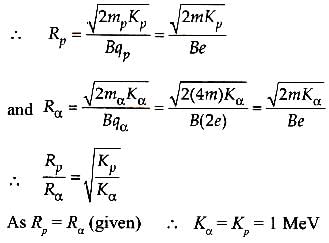Test: Magnetic Lorentz Force - JEE MCQ
10 Questions MCQ Test - Test: Magnetic Lorentz Force
An electron with a speed of 1.8 x 106 m/s is moving in a circular orbit in a uniform magnetic field of 10-4 Wb/m², the radius of the circular path of the electron is
A uniform electric field and a uniform magnetic field are produced, pointed in the same direction. An electron is projected with its velocity pointing in the same direction
The force acting on a charge q moving with velocity in a magnetic field
in a magnetic field is given by
is given by
A Charge is fired through a magnetic field. The magnetic force acting on it is maximum when the angle between the direction of motion and magnetic field is
The frequency (v) of charged particle, moving at right angles to the magnetic field is independent of
Find the magnetic force when a charge 3.5C with flux density of 4 units is having a velocity of 2m/s.
A proton enters a magnetic field with a velocity of 1.5 x 105 m/s making an angle of 30° with the field. What is the force experienced by the proton if B = 3.0 T.
When a charged particle moves in a magnetic field, its kinetic energy always
A proton carrying 1 MeV kinetic energy is moving in a circular path of radius R in the uniform magnetic field. What should be the energy of an alpha particle to describe a circle of the same radius in the same field.
An electron is moving in a circular orbit in a magnetic field 2 x 10-3 Wb/m², the time period of electron is


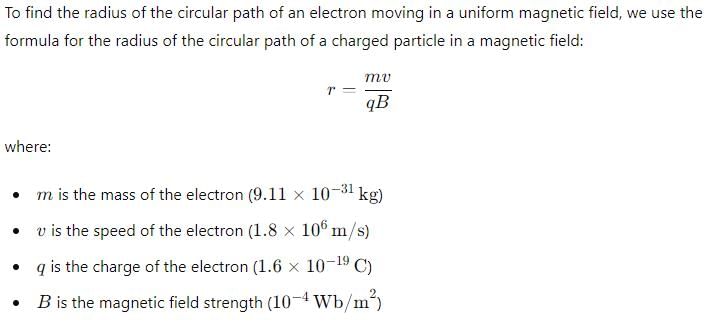
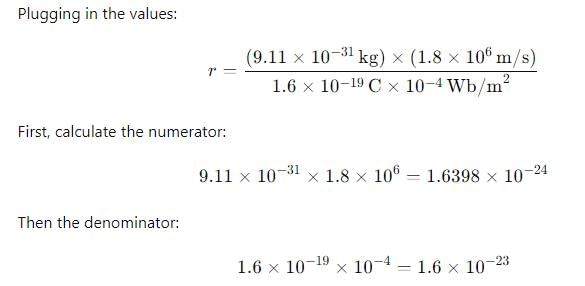
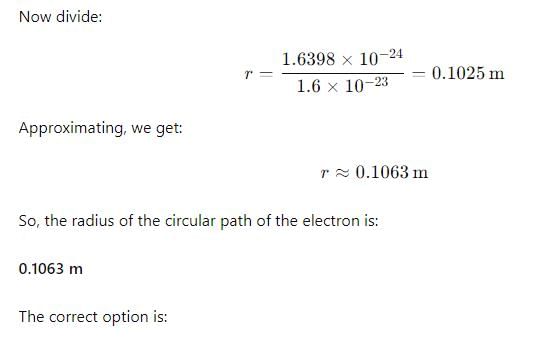

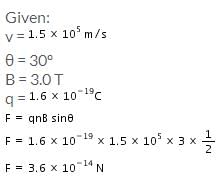

 so the work done by
so the work done by  =0. This does not cause any change in kinetic energy.
=0. This does not cause any change in kinetic energy.

